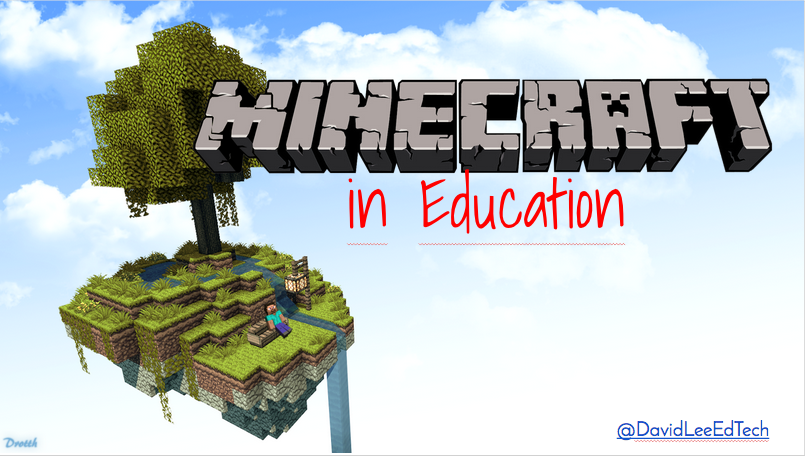This week I have been teaching about Minecraft to teachers in my job as an EdTech Specialist. If you haven't used it, its a pretty interesting little game. If you have a child that is between 7 and 15, just ask how interesting it is. The presentation below is of my work mate, David Lee, who is an Elementary Tech integrationist, and wrote the training we presented to staff members at Korea International School.
In this entry, I am going to explain how this new media game, relates to our course objectives. In the reading, "Living and Learning, a New Media Report" from the MacArthur foundation, a few main types of online communities are described. These types are: "Hanging Out", "Messing Around", and "Geeking Out".
In "Hanging Out" one extends their real world to an online community, extending themselves across distances (or in the same room). Messing around is best described as "... young people begin to take an interest in and focus on the workings and content of the technology and media themselves, tinkering, exploring, and extending their understanding."
The term "Geeking Out" tends to cover an area of online communities that revolve around gaming, creation of art and music, and finding like-minded communities online for their interest. Minecraft allows users to interact with their friends, to "Hang out", chat and collaborate creatively. Its like digital legos, but you can build anything.
They can "Mess Around" by building, and creating, gathering things, and find what they need; exploring their virtual world they have created. In Minecraft, "Geeking Out" is natural, they collaborate with others in the same game to create. As the PC/Mac version supports for Multiplayer online play, many students play Minecraft outside of school, together across distances.
In 3rd grade classrooms at Korea International School, we have students working together in Minecraft to create Communities. They discuss common goals, how they may have a version of a government, trading, etc. They play the game in Minecraft Pocket Edition on the iPad in "Local Server Multiplayer" mode. This allows the students to create a collaborative space, directly in the classroom. To see how those rules and goals affect each other, they carry out their plan. Following this, they reflect on their actions in Minecraft in discussions in the classroom and written in their class journals. The main advantages of Minecraft in Education, is to allow for differentiated approaches to learning. It fits neatly into Project-Based learning, where the students can Research and Plan, then Create and finally, Reflect on their learning. Students have the freedom to create, they can make mistakes, and learn from them in a safe environment.
This has been cross-blogged from my COETAIL blog

